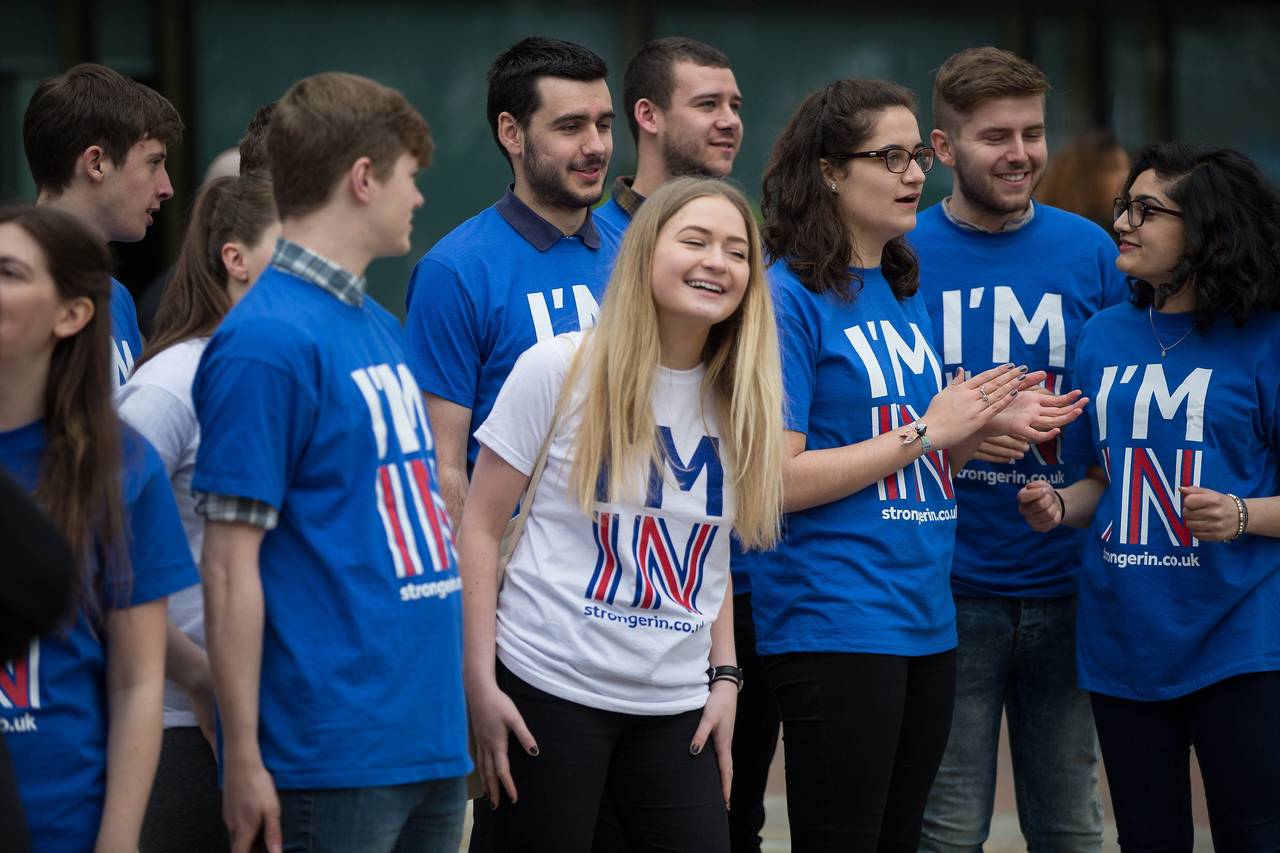In the aftermath of last week’s globally consequential Brexit referendum, in which voters in the United Kingdom decided to historically break away from the European Union, much of the analysis has centered on the imbalance between the opinions of young people and the ramifications of the vote on their futures.
Yet a comprehensive statistical analysis conducted by Generation Citizen suggests that if young people had voted at just the average rate of participation, the Remain vote would have won.
A widely shared image demonstrates that the 18-24 year old British voters would, on average, live with the Brexit decisions for 69 years, as opposed to those over 65, who would live with the decision for 16 years. Yet young voters overwhelmingly voted to remain in the EU.

While overall voter turnout for the referendum was approximately 72%, participation varied drastically demographically. Consistent with elections in many western democracies, including the United States, youth turnout lagged significantly behind that of older voters. Sky Data estimates that approximately 36% of eligible 18-24 year olds participated in the referendum while 83% of eligible citizens over the age of 65 voted.
Generation Citizen conducted a comprehensive analysis to determine how the election results would have varied had more young people actually voted. The model used 2015 United Kingdom population estimates and utilized the Remain/Leave splits that the polling group Lord Ashcroft provided at the conclusion of the election.
The model predicts that if both the 18-24 year old and 25-34 year old demographics had voted at the average voter participation rate of 72%, the Remain camp would have carried 50.1% of the vote, compared to 49.9% for the Leave voters. The model still holds that voters over the age of 35 still would have participated at higher rates. But the younger voters so overwhelmingly supported remaining that the outcome could have changed had they turned out at just the rate of national average.
In the months leading up to the referendum, the House of Commons blocked a move by the House of Lords to allow 16 and 17 year olds to vote (which occurred in the recent Scotland referendum). Had this occurred, and the younger voters would have turned out at average numbers, the Remain camp would have been able to win with a more comfortable victory (it is worth noting that 16 and 17 year olds actually voted at a higher rate than 18-24 year olds in the Scottish referendum).
Additionally, had 16-35 year olds voted at just a 62% clip, still less than the national average, Remain would have won.
Generation Citizen is an American-based non-profit, and thus, hesitates to analyze the rationale of why the British youth vote lagged so far behind that of older voters. The Brexit vote, however, and this subsequent analysis demonstrates that engaging young people to be politically active needs to be seen as an urgent priority, for the government in the United Kingdom, and for governments across the world. Not engaging young people in the political process carries concrete, and in this case, potentially devastating ramifications.
Often, it is difficult to see the results of elections until months or years after they occur. Brexit has proven different- the British pound has sunk to its lowest levels in years, global markets have crashed, and the politics of the UK is in crisis, without a clear successor and with the United Kingdom at legitimate risk of splitting up. While often-young people feel like politics does not matter to their future, there is hope that the instantaneous effects of the referendum vote may convince them otherwise in future votes.
There are also other actions that the UK government, and governments across the world, can take to promote youth political participation. This can include lowering the voting age to 16 (a move that many studies find would create more habitual life-long voters), promote effective civics education in schools, and make it easier both to register and to vote.
Above all, though, the Brexit vote shows that youth voters matter. They could have changed the course of the European Union.
Note: No official exit poll was conducted after the referendum, so it is impossible to determine the true turnout rate for any age group. The numbers Sky Data reported are based on a survey from the 2015 General Election, but our model shows these numbers are likely still a good predictor of turnout among eligible voters in the referendum. More recent opinion polling suggests that turnout among registered young voters, which is a different statistic, was closer to the overall rate.
